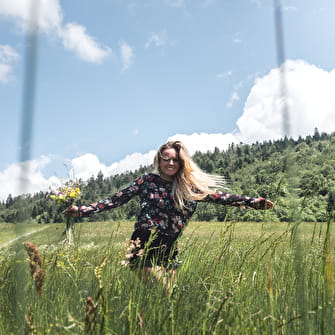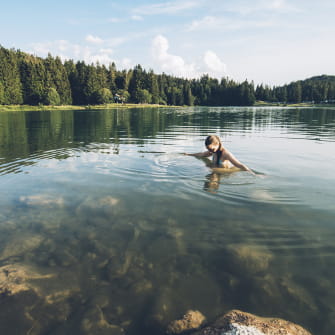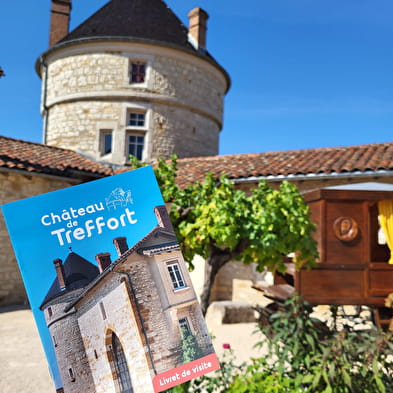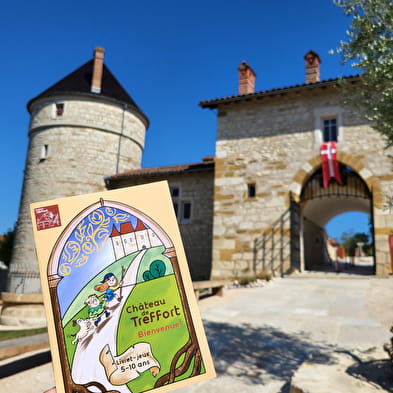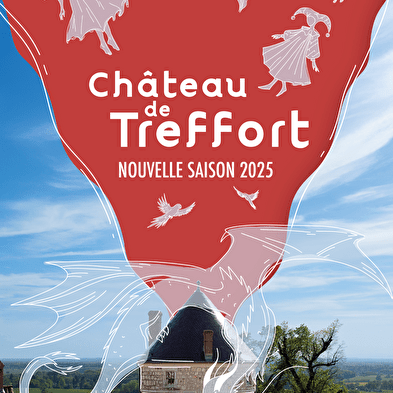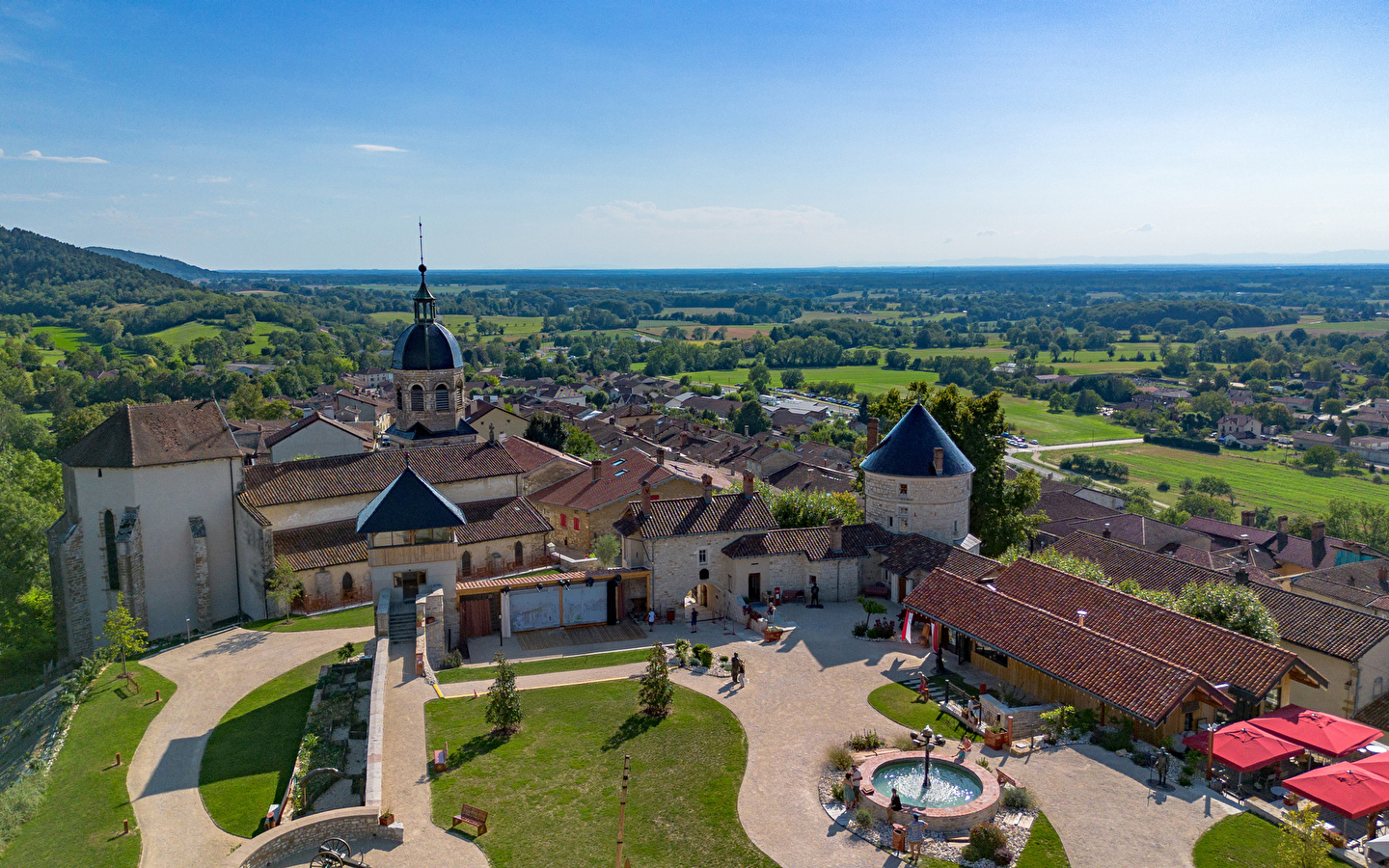
Château de Treffort
Come and discover the Château de Treffort, its history, the monument, meet Amédée V and Tony Ferret, its two emblematic occupants, and enjoy a magnificent setting on the heights of the village.
The Château museum comprises ten rooms, divided into two zones: the Château entrance with the Tour Tony Ferret (8 rooms) and the Tour du Papegai (2 rooms). Visitors discover the history of the Château, from its construction in the Middle Ages to its renovation by Tony Ferret in the 20th century. The tour explores several centuries of history, including seigniorial life and the family of Amédée V, the château's first Savoyard owner.
Activities:
- An outdoor games area for children aged 5 and over.
- Screening of a story with subtitles.
- Reproductions of weapons of war from different eras.
- Historical lectures inside the château.
- A booklet of games has been designed for children. It will be handed out free of charge at the entrance. Guided by the characters Huguette, Louis and the dog Damelot, they can discover the history of the château and its occupants through observation games and riddles.
Program 2025
March 1: Fondue Evening
March 20: 1000 ans de Vignes en Revermont conference
Review of the play "1000 ans de Vignes en Revermont" by Xavier Arlot.
May 17: Museum Night
Once again this year, the Château opens its doors for Museum Night. Come and visit the Château in the form of tales as you stroll around.
June 21: Fête de la Musique
July 10 to August 9: Theatre plays
This summer, come and discover or rediscover theater at the Château every Thursday and Saturday evening. Two plays by Xavier Arlot are featured: Le Tombeau du Roi Arthur and Les Lola.
From July 4 to August 22, enjoy summer Fridays. On the program: festive, convivial evenings with music, karaoke, open stage and much more. From 6pm to 10pm, enjoy a drink on the terrace in the exceptional setting of the Château de Treffort.
September 20 and 21: European Heritage Day
This year's theme is "Architectural Heritage", with guided tours, workshops and events for young and old alike.
December 13 and 14: Christmas Market 2025
For one weekend in December, the Château is transformed into a Christmas Market, hosting some thirty stalls. The Parc du Château is fully decorated to celebrate the festive season.
Services :
- The gîte: A house full of character, able to accommodate up to 10 people. It is located just a few meters from the château, in the village of Treffort. It offers a breathtaking view of the Bresse from the bedrooms and garden. The gîte is open all year round, by reservation only with the château.
- The boutique: The boutique offers a variety of local products (honey, chocolate, oil, etc.), a selection of books, handicrafts (jewelry, stationery, etc.) and wooden toys. The store is open during museum opening hours and for special events.
- In 2025, the Terrasse du Château is still open to the public on opening days. Visitors wishing to eat or dine on the terrace should present themselves at the entrance. Access to the restaurant is available between 11 a.m. and 5 p.m.
- Les Pizzas du Château are available to eat in or take away on Friday evenings all year round.
- French, English
- Credit card, Cash
- Pets not allowed
- Parking
- Shop
- Room rental
- Specific theme activities
- Junior workshop
- Base rate - full rate adult : Tarif unique de 9€
- Child rate : Tarif unique de 6€
- Student's rate : Tarif unique de 6€



